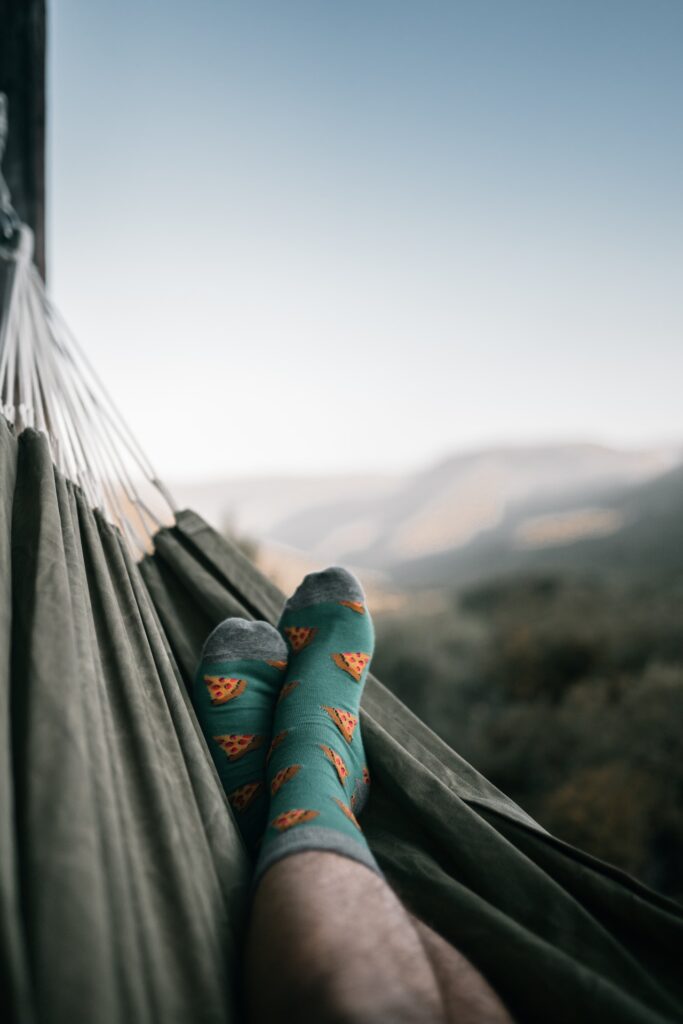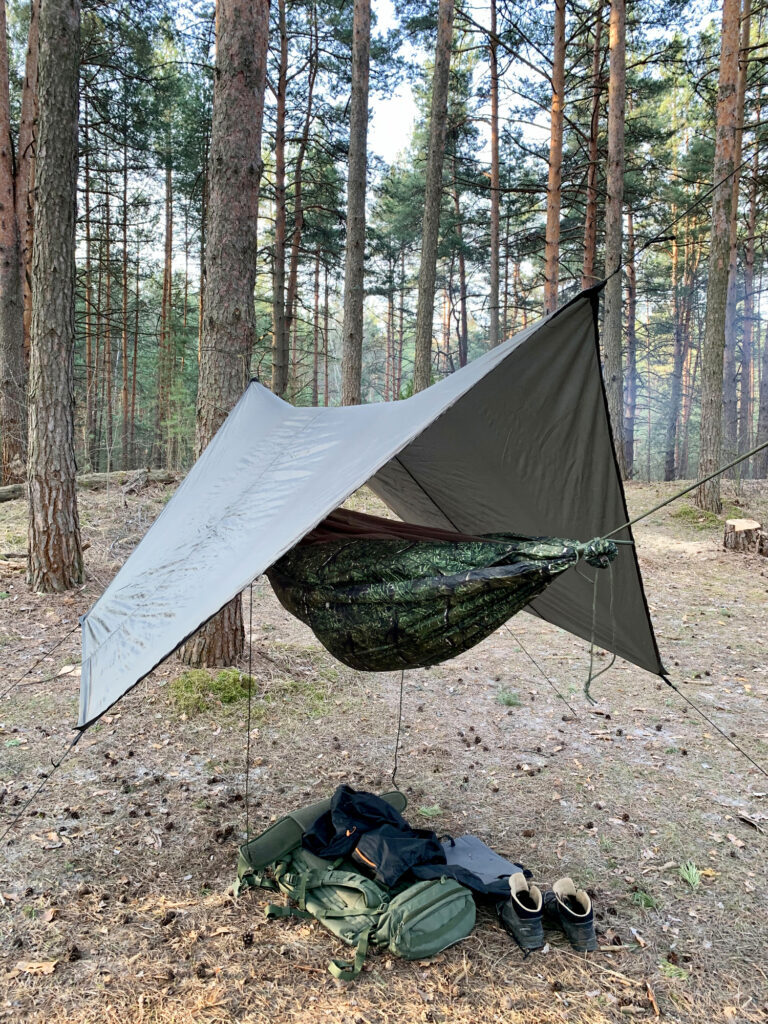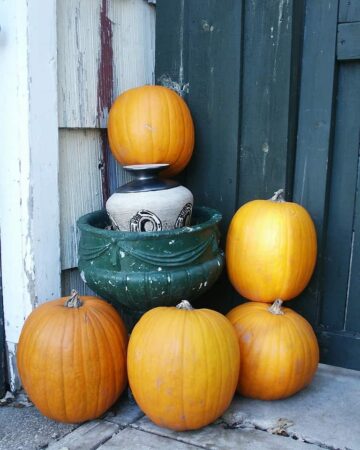Posts feature partner companies & may be sponsored. Post contains affiliate links & I will be compensated if you make a purchase after clicking on links. As an Amazon Associate I earn from qualifying purchases.
Last Updated on July 13, 2021 by Diane Hoffmaster
This post about what to look for when buying a hammock is sponsored by SunnyDaze Decor. All opinions are my own.
Last year, my husband and I upgrade our backyard patio by buying a hammock. If you can't find my husband, I can pretty much guarantee that he is asleep in the hammock! It is his favorite purchase of the year but I definitely recommend you do your research.
Check out a few hammock buying guides and hammock reviews on Amazon before you buy one. It will make all the difference in the world if you want to find the best hammock to suit your needs.
How do you choose the best hammock for your personal needs? Here are a few tips on choosing the right material and design, as well as a few hammock accessories to make your experience even more enjoyable.
There are many different types of hammocks to choose from. What type you choose is going to depend on how often you plan to use the product, and what your personal preferences are.
Table of Contents
What's The Best size Hammock
There are several different size options when choosing a hammock, so it's important that you find one that meets your needs. The main option is single vs double so ask yourself if you will be sharing your hammock with a friend at the same time.
Single vs Double
Single hammocks are generally 4 to 5 feet wide as opposed to double hammocks which tend to be about 5 to 6 feet wide. Double hammocks are designed to hold more weight so keep this in mind if you think you might want a hammock buddy in the future.
Hammock length
Length is important if you are particularly tall. This will vary only slightly between manufacturers but might really make a difference if you are over 6 feet tall! In general, you should look for a hammock that is 2 feet longer than you are tall.
What will you use your hammock for?
Do you want something small and lightweight for backpacking? Do you plan on taking it camping and need a camping hammock you can toss in the car? (If you are going camping, check out my post on camping tips for beginners before you go!)
What about relaxing at the beach? What kind of hammock will work best? (HINT! try this Brazillian-style hammock with a carrying case and steel stand!) Finding the perfect hammock can seem a bit daunting, but with a little research and planning, you can find the best hammock for your needs.
Consider Hammock tents and sleep systems
Will you be sleeping outside in a hammock? If you need to be sheltered when you sleep, then consider a hammock tent or hammock sleep system. What are the advantages of these kinds of hammocks?
Traditional tents and sleeping bags can get too hot especially in summer. Hammock tents keep you off the ground in a high-up space that's out of the way of critters.
They are easy to set up and can be moved from one place to another, as they aren't difficult to transport or hang. Hammock tents also allow for more airflow so you can catch the nighttime breeze!
There are hammock tents and sleep systems for all tastes, from simple ones made of waterproof breathable nylon and polyester, to elaborate hammock tents made completely of netting.
How to choose the best hammock materials
What sort of hammock material should you look for? What makes it comfortable, and what will last the longest? What about the best hammock material for particular climates or weather conditions? With so many different kinds of hammocks to choose from, the options can be overwhelming.
Most hammock fabric is made from woven nylon, but you can also find hammocks made of cotton or even hammocks made of denim. The most important thing when choosing a hammock fabric is how easy it will be to clean.
You never want to get stuck with a hammock that is hard to clean, and some fabrics will be easier to wash than others. Always look for a hammock made of durable fabric that resists mold or mildew damage.
Here are a few hammock materials as well as characteristics to consider.
#1. Nylon Hammocks
Nylon is one of the most popular hammock fabrics due to its strength and versatility, and it's also a good choice for any climate or weather conditions.
What makes nylon perfect for hammocks? It's very lightweight, which makes it easy to carry around, as well as breathable so you won't get too hot on summer nights. What's more, it holds up well to wear and tear so it won't wear out as easily as other materials.
What are the disadvantages? Nylon hammocks can be limited in-season use when temperatures drop below freezing.
#2 Cotton Hammocks
Cotton is incredibly comfortable for sleeping outdoors; however, it's not a good choice for camping in cold weather. What makes cotton hammocks comfortable? Cotton is breathable, which helps to regulate your body temperature and keep you cool when the temperatures rise.
What are the disadvantages? Cotton isn't as durable as other materials, so it may not hold up well in tough conditions.
Unbleached cotton is one of the most popular choices for hammocks. Unbleached means that the fabric has not been chemically treated or dyed, so it will be natural and comfortable to sleep on.
#3 Polyester hammocks
What about polyester hammocks? What are the pros and cons of this type of hammock? Polyester is a synthetic fabric that feels soft to the touch.
What makes it an attractive choice for hammock material? It's cool in summer, plus will keep you warm on winter nights, which makes polyester a great choice for hammocks all year round. Polyester is more expensive than other materials but will last much longer.
#4 Parachute fabric hammocks
What about parachute fabric hammocks? What's the advantage of choosing this type of cotton hammock? Parachute fabric, also called ripstop nylon, is an extremely durable fabric that can be used for hammocks.
What are the advantages of parachute hammocks? Parachute hammocks are designed to resist wear and tear from wind and weather damage, which makes them a great choice if you want to keep your hammock protected. Unfortunately, parachute hammocks will be heavier than others, which makes them a bit harder to carry around.
#5 Rope hammocks
Rope hammocks are without a doubt the popular choice of hammocks as they are lightweight and easy to hang. With the proper skills, a rope hammock can be set up in minutes anywhere as long as there is a sturdy post and beam.
Rope hammocks are very durable too, these hammocks last longer than fabric hammocks and may not even require any replacement for years. What's more, they are cheap and portable as you won't need to bring along an extra bag or leave some of your clothes behind when going out with your rope hammock.
Buy hammock accessories
What sort of accessories should you shop for when buying a hammock? Here are a few hammock accessories you might want to consider to make your outdoor nap more enjoyable.
Hammock tree straps
What are hammock tree straps? They are the anchor that holds your hammock onto the actual tree. Hammock tree straps used to be made out of inexpensive nylon, but now many modern hammocks use heavy-duty parachute cords.
What makes them smart to buy? Tree straps will prevent your hammock from sinking into the ground and will keep it suspended above the damp earth so you have a comfortable place to sleep.
Hammock stands
Hammock stands provide a stable place to hang your hammock. Hang up or tie down your hammock to a sturdy hammock stand to ensure that you'll have a comfortable place to sleep. If you don't have trees handy in your yard, this is an easy solution for hanging a hammock.
Hammock stands come in several different types of material and sizes. Look for a stand that is 2 feet longer than your hammock. Metal hammock stands will be much more durable and long-lasting than wooden ones.
Bug netting
Bug netting is a type of mosquito net you hang over your hammock to protect yourself from bugs as you lay in your hammock. They can have zippers or Velcro and they typically come with a rain fly to protect against the elements as well.
Some are specific for hammocks while others will also attach to your tent, most of which you can hang from trees or other objects. Look for models with 360-degree protection, because they also hang underneath to protect your back. Check out my post on mosquito protection tips to get rid of them in your backyard.
Underquilt
A hammock under quilt is usually a rectangular-shaped insulating pad that you place underneath your hammock.
They are designed to keep you warmer in winter and cooler in summer depending on the material used to make them, just like sleeping bags. You can purchase them with or without bug netting as well.
Rain Tarp
If you have ever camped in the rain, you will understand the benefits of having a rain tarp with you. When sleeping in a hammock, rain tarps are even more important. Keep in mind, however, that rain will still hit your hammock if the wind is blowing it sideways.
Celebrate National Hammock Day by Buying a Hammock!
National Hammock Day is celebrated every year on July 22 to commemorate the universal symbol for relaxation.
The history of the hammock is not entirely clear. What most historians do agree on, is that its origins can be traced back to Central or South America.
The "hamaca" (the Spanish word for hammock) was invented by the Native Americans in Mexico and Peru thousands of years ago. It consisted of jungle vines woven together into a net-like fabric from which to suspend their comfort nets above the ground.
Nowadays, hammocks are WAY better made but still a fabulous way to relax. And now you can celebrate National Hammock Day with Sunnydaze Decor!
For the best selection and prices on hammocks and accessories, shop Sunnydaze Decor! Whether you're looking for a cute hammock pad and pillow or outdoor hammock chairs, they have them all at discounted prices. Save 10% on Sunnydaze Hammocks & Accessories with code RELAX10 on 7/22 ONLY!
Hopefully, this hammock buying guide has inspired you to buy one for yourself. If you are still unsure what to look for when buying a hammock, check out Kampgrounds of America for more info.

Diane is a professional blogger and nationally certified pharmacy technician at Good Pill Pharmacy. She has two college aged kids, one husband and more pets than she will admit to. She earned her BS in Microbiology at the University of New Hampshire but left her career in science to become a stay at home mom. Years of playing with LEGO and coloring with crayons had her craving a more grown up purpose to her life and she began blogging and freelance writing full time. You can learn more about her HERE.











Leave a Reply